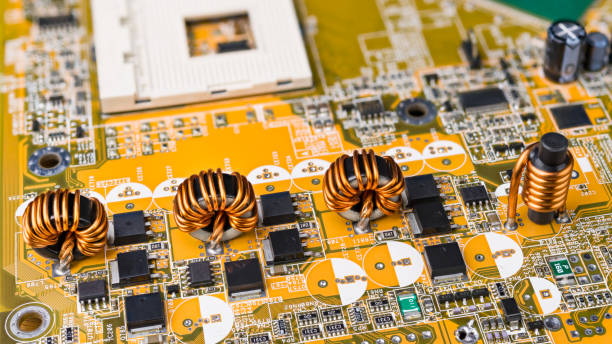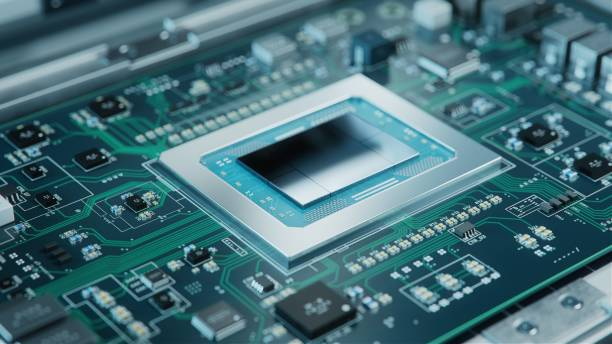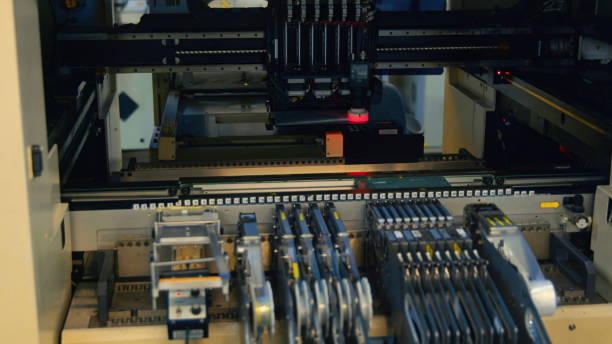Content Menu
● Introduction
● Essential SMT Power Tools
>> Soldering Iron and Station
>> Reflow Oven
>> Solder Paste Printing Machine
>> Automated Optical Inspection (AOI)
>> Hot Air Rework Station
>> Desoldering Tools
>> Solder Wire
>> Flux Application Tools
● Conclusion
● FAQ
>> 1. What is the most important tool for SMT soldering?
>> 2. How does a reflow oven improve soldering quality?
>> 3. Can I use a regular soldering iron for SMT soldering?
>> 4. What is the role of AOI in SMT soldering?
>> 5. Why is solder paste important in SMT soldering?
Introduction
Surface Mount Technology (SMT) soldering is a critical process in electronics manufacturing, enabling the assembly of compact and efficient electronic devices. The quality of solder joints directly affects the reliability and performance of electronic products. Therefore, using the right tools is essential for achieving high-quality soldering results. This article will explore the essential SMT power tools that every electronics manufacturer or hobbyist should consider to ensure optimal soldering outcomes.

Essential SMT Power Tools
Soldering Iron and Station
A soldering iron is perhaps the most fundamental tool for any soldering task. For SMT applications, a high-quality soldering iron with a temperature-controlled station is crucial.
- Importance: A good soldering iron allows for precise control over heat application, which is vital for preventing damage to sensitive components.
- Features to Look For:
- Temperature Control: Adjustable settings help manage heat levels for different solder types and components. This feature is particularly important since different materials require different temperatures to prevent overheating or insufficient melting.
- Fine Tips: Smaller tips are necessary for working with tiny SMT components, ensuring accuracy and reducing the risk of bridging connections. Fine tips also allow for better access to tight spaces on densely populated PCBs.
- Types of Soldering Irons:
- Analog vs. Digital: Digital soldering stations often provide more precise temperature control and display, making them easier to use.
- Cordless Options: For portability, cordless soldering irons can be beneficial in environments where access to power outlets is limited.
Reflow Oven
Reflow ovens play a pivotal role in SMT soldering, especially for mass production.
- Role: They provide uniform heating to melt solder paste applied to the PCB, allowing components to be securely attached.
- Benefits:
- Consistent Results: Reflow ovens ensure that all joints receive the same thermal treatment, which is critical for reliability. This consistency helps prevent cold joints or overheating.
- Reduced Thermal Stress: Advanced models feature multiple heating zones, allowing for gradual temperature changes that minimize stress on components. This is particularly important for sensitive parts that can be damaged by rapid temperature fluctuations.
- Types of Reflow Ovens:
- Convection Ovens: These use fans to circulate hot air around the PCB, providing even heating.
- Infrared Ovens: Infrared heating elements directly warm the PCB, which can be faster but may require careful monitoring to avoid overheating.
Solder Paste Printing Machine
Solder paste application is a crucial step in SMT assembly.
- Importance: Proper application of solder paste directly influences the quality of solder joints.
- How It Works: These machines use stencils to apply a precise amount of solder paste onto the PCB pads where components will be placed. This ensures that each joint has the right amount of solder, reducing defects.
- Considerations When Choosing a Printing Machine:
- Stencil Quality: The stencil must be made from high-quality materials and designed accurately to ensure proper paste deposition.
- Alignment Features: Advanced machines offer alignment features that help position the stencil accurately over the PCB pads, which is crucial for maintaining consistency across multiple boards.
Automated Optical Inspection (AOI)
Quality control is paramount in electronics manufacturing, and AOI systems are essential for maintaining high standards.
- Role: AOI machines use cameras and image processing software to inspect solder joints and component placements on PCBs.
- How It Works: By comparing images of assembled boards against predefined criteria, AOI can detect defects such as missing components, misalignments, or insufficient solder, allowing for immediate corrective actions.
- Advantages of AOI Systems:
- Speed and Efficiency: AOI systems can inspect boards much faster than manual inspection methods, significantly speeding up the production process.
- Data Collection: Many AOI systems can collect data over time, helping manufacturers identify recurring issues and improve their processes continuously.

Hot Air Rework Station
Hot air rework stations are invaluable for repair and rework tasks in SMT applications.
- Uses: They are used to desolder components without damaging the PCB or surrounding parts.
- Benefits:
- Precision: Hot air tools allow for targeted heating, making it easier to remove or replace delicate components. The ability to adjust airflow and temperature helps prevent damage during rework.
- Versatility: These stations can also be used for reflow processes on smaller boards or when working with fine-pitch components. They are particularly useful in prototyping or repairing small batches of PCBs.
Desoldering Tools
Desoldering tools are essential when mistakes occur during the soldering process or when components need replacement.
- Types of Desoldering Tools:
- Desoldering Pumps: These mechanical pumps create a vacuum that quickly sucks up molten solder from a joint when activated.
- Desoldering Braid: A copper braid soaked in flux can absorb excess solder when heated with a soldering iron, allowing for clean removal without damaging pads.
- Choosing Desoldering Tools:
- Look for tools that are easy to operate and maintain. A reliable desoldering pump should have a strong suction capability while desoldering braid should be made from high-quality copper to ensure effective solder absorption.
Solder Wire
While not a power tool per se, high-quality solder wire is crucial in any SMT operation.
- Types of Solder Wire:
- Lead-Free vs. Leaded Solder: Lead-free solders are increasingly popular due to environmental regulations but may require higher temperatures and careful handling during application.
- Considerations When Choosing Solder Wire:
- Ensure compatibility with your components and processes; some solders work better with specific types of flux or under certain conditions.
Flux Application Tools
Flux plays an essential role in ensuring good electrical connections by preventing oxidation during the soldering process.
- Types of Flux Application Tools:
- Brushes or syringes can be used for manual application; automated flux dispensers are available for high-volume production environments.
- Importance of Flux Selection:
- Different types of flux (rosin-based, water-soluble) have distinct properties that affect cleaning requirements and compatibility with various solders.
Conclusion
In summary, achieving high-quality soldering in SMT applications requires a combination of essential tools that work together to ensure precision and reliability. Each tool plays a specific role in the process:
- A soldering iron and station provide the necessary heat control.
- A reflow oven ensures uniform heating during mass production.
- A solder paste printing machine guarantees accurate paste application.
- An automated optical inspection system maintains quality control by detecting defects early.
- A hot air rework station facilitates repairs and adjustments without damaging sensitive components.
- Additional tools like desoldering equipment, high-quality solder wire, and flux application tools further enhance the overall quality of the SMT process.
Investing in these tools not only enhances the quality of your solder joints but also improves overall efficiency in electronics manufacturing processes. Proper training on how to use these tools effectively will also contribute significantly to achieving high standards in your work.

FAQ
1. What is the most important tool for SMT soldering?
The soldering iron is often considered the most important tool due to its versatility and necessity in most soldering tasks.
2. How does a reflow oven improve soldering quality?
A reflow oven provides precise temperature control, ensuring consistent soldering results and reducing thermal stress on components.
3. Can I use a regular soldering iron for SMT soldering?
Yes, but it is recommended to use a fine-tip soldering iron for better precision when working with small components.
4. What is the role of AOI in SMT soldering?
AOI helps in detecting defects and ensuring the quality of solder joints by using cameras and image processing technology.
5. Why is solder paste important in SMT soldering?
Solder paste is crucial for creating reliable solder joints as it contains flux and solder particles that help bond components to the PCB.




















